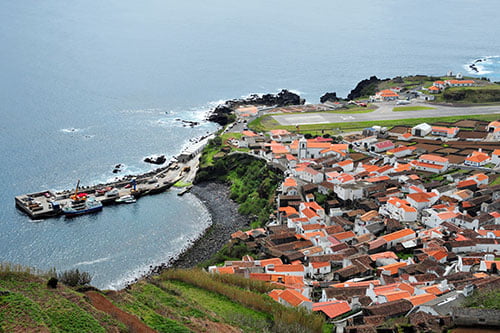Orange Announces Landing of SEA-ME-WE 6 Subsea Cable in Marseille, France
 By Srikapardhi, TelecomTalk
By Srikapardhi, TelecomTalk
May 5, 2024
Orange, a member of the SEA-ME-WE 6 consortium, has announced that the Southeast Asia-Middle East-Western Europe 6 (SMW6) cable system has landed in Marseille, France. The 21,700 kilometer cable links France to Singapore, traversing Egypt through terrestrial cables and connecting multiple countries along the route.
Extending Connectivity to Egypt
From Marseille, a 3,000-kilometer segment will extend the cable system to Egypt, reaching several landing points. SEA-ME-WE 6 connects numerous countries from Singapore (Asia) to France (Europe), passing through Malaysia, Bangladesh, Sri Lanka, Maldives, India, Pakistan, Djibouti, Saudi Arabia, and Egypt.
Overall, the SEA-ME-WE 6 system will offer a capacity of over 130 Tbps and is expected to be completed by the first quarter of 2025. Orange serves as the landing party in France and hosts the cable in Marseille, providing neutral access to all of the city's data centers via an urban fiber optic ring.
“We are delighted with the arrival of this new route, which will allow us to offer a new solution for high-speed, high-performance ‘express' connectivity between France and Asia, as well as improved speeds to our sites in the Indian Ocean,” said Orange.
“Our network will also enable our wholesale customers to connect to many international networks in Asia, Africa, and the Americas. The arrival of this new cable in Marseille once again places France at the heart of the European hub, with direct access to major European cities,” Orange added.
Environmental Protection Measures
Orange emphasised its commitment to protecting the environment and preserving biodiversity throughout the SEA-ME-WE 6 submarine cable project. The company worked closely with all relevant departments, from design to deployment, including the landing in Marseille.
In sensitive areas, specially designed anchors will secure the cable to seagrass meadows at regular intervals to prevent drag phenomenon, and the route has been optimised to closely follow seabed topography. During landing operations, existing infrastructure will be utilised to minimise additional impact.











